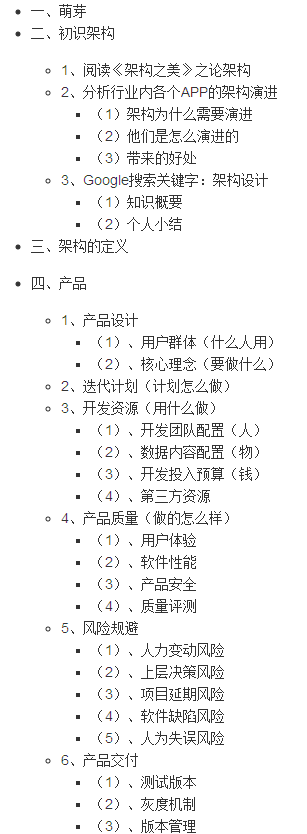Currently my app looks at router parameter and logged in user (Principal.Identity) to authorize access to certain resources (e.g: Add student to your class [identity + class id]). However, If I'm not wrong, breeze js support just one bulk save. It seems to be that I will have to open each and every data and run through the validation/authorization. That is fine,
but what I may lose is nice separation of cross cutting concern out side my business logic (as a message handler) (finding what roles user has on the class) and nice Authroize annotation feature (just say what roles are needed). So do I have to trade off or is there better programming model which Breeze JS might suggest?
Update:
My question is more on how to separate the authorization (find assigned roles in message handler + verify if required roles are present by adding authorize attribute to controller methods) logic from business or data access logic. Without breeze, I will inspect the incoming message and its route parameter to fetch all its roles then in my put/post/delete methods I would annotate with required roles. I cannot use this technique with breeze (its not breeze's limitation, its trade off when you go for bulk save). So wanted to know if there is any programming model or design pattern already used by breeze guys. There is something on breeze's samples which is overriding context and using repository pattern, will follow that for now.
Breeze can have as many 'save' endpoints as you want. For example, a hypothetical server implementation might be
[BreezeController]
public class MyController : ApiController {
[HttpPost]
[Authorize(...)]
public SaveResult SaveCustomersAndOrders(JObject saveBundle) {
// CheckCustomersAndOrders would be a custom method that validates your data
ContextProvider.BeforeSaveEntitiesDelegate = CheckCustomerAndOrders;
return ContextProvider.SaveChanges(saveBundle);
}
[HttpPost]
[Authorize]
public SaveResult SaveSuppliersAndProducts(JObject saveBundle) {
...
}
You would call these endpoints like this
var so = new SaveOptions({ resourceName: "SaveWithFreight2", tag: "freight update" });
myEntityManager.saveChanges(customerAndOrderEntities, {
resourceName: "SaveCustomersAndOrder" }
).then(...)
or
myEntityManager.saveChanges(supplierAndProductEntities, {
resourceName: "SaveSuppliersAndProducts" }
).then(...)
Authorization is mediated via the [Authorize] attribute on each of the [HttpPost] methods. You can read more about the [Authorize] attribute here:
http://sixgun.wordpress.com/2012/02/29/asp-net-web-api-basic-authentication/
The proper way to do this IMHO is to separate the endpoint authorization and the database actions authorization.
First, create an entity that manages the grands per controller/method and role. For each method you have a value allowed - not allowed for the specific role. You create a special attribute (subclass of Authorize) that you apply to your controllers (breeze or plain web api) that reads the data and decides whether the specific endpoint can be called for the user/role. Otherwise it throws the Unauthorized exception.
On the breeze side (client) you extend the default adapter settings with a method that adds the authentication headers from identity that you received at login, something like this :
var origAjaxCtor = breeze.config.getAdapterInstance('ajax');
$.extend(true, origAjaxCtor.defaultSettings, Security.getAuthenticationHeaders());
On the server, add a second entity that manages the authorization for the CRUD operations. You need a table like (EntityName, AllowInsert, AllowUpdate, AllowDelete). Add a BeforeSave event on the Context Manager or on the ORM (EF or something else) that loops all entities and applies the policy specified on the table above.
This way you have a clear separation of the endpoint logic from the backend CRUD logic.
In all cases the authorization logic should first be implemented server side and if needed should be pushed to the clients.
The way breeze is implemented and with the above design you should not need more than 1 save endpoint.
Hope it helps.
However, If I'm not wrong, breeze js support just one bulk save.
That is entirely wrong. You have free reign to create your own save methods. Read the docs, it's all there.



